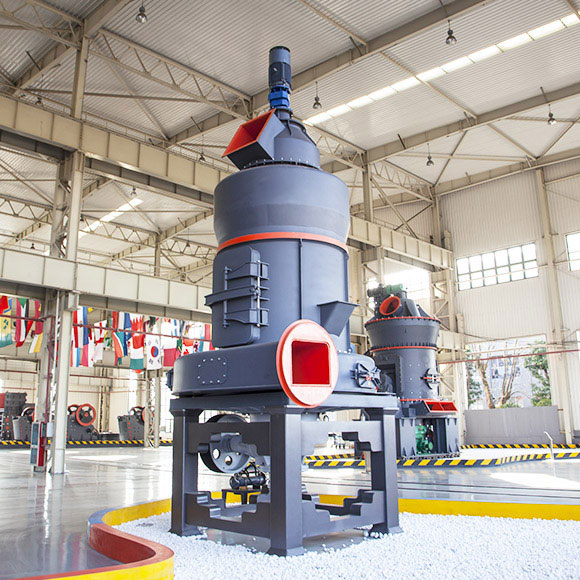A roller mill is a type of grinding machine that is commonly used in the cement industry for grinding cement clinker and other materials such as granulated blast furnace slag, limestone, coal, and ores. Roller mills have been used for many years in the cement industry for grinding raw materials and cement clinker, but they have gained increased importance in the last few decades as a result of the growing demand for grinding slag cement.
A slag cement grinding plant typically consists of a roller mill, a classifier, a feed bin, and a product transport system. The raw material is usually ground using a roller mill, which consists of two or more large steel rollers that rotate in opposite directions. The ground material is then separated by a classifier, which separates the material into different size fractions.

One of the key advantages of using a roller mill for grinding slag cement is its ability to grind the material to a very fine particle size. This is important because a finer particle size results in a higher surface area, which in turn leads to a faster rate of reaction between the cement and water. This faster reaction rate leads to a stronger and more durable cement, which is particularly important for structures that are subjected to high stresses and strains.
Another advantage of using a roller mill for slag cement grinding is its ability to dry the material during the grinding process. This is important because slag cement contains a high amount of moisture, which can affect the performance of the cement if it is not properly dried before use. By drying the material during the grinding process, the roller mill ensures that the slag cement is of a consistent quality and meets the required specifications.
One of the main challenges of using a roller mill for slag cement grinding is the high wear rate of the grinding surfaces. The rollers and the grinding table are subjected to high levels of stress and abrasion, which can lead to significant wear and tear. To mitigate this problem, roller mills are typically designed with a hardfacing layer on the grinding surfaces, which helps to extend their lifespan.
In addition, roller mills are often equipped with a system for automatically adjusting the grinding pressure and the grinding gap between the rollers. This system helps to ensure a consistent grinding pressure and a consistent product quality, even as the material properties and the operating conditions change over time.
Roller mills are an effective and efficient way to grind slag cement, and they are widely used in the cement industry for this purpose. They offer a number of advantages over other types of grinding machines, including their ability to grind the material to a fine particle size, their ability to dry the material during the grinding process, and their ability to maintain a consistent product quality over time. However, roller mills also have their limitations, including their high wear rate and the need for regular maintenance and repairs.
